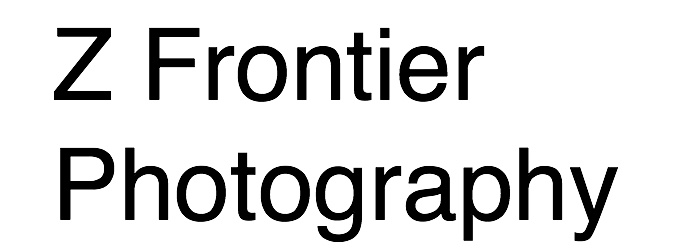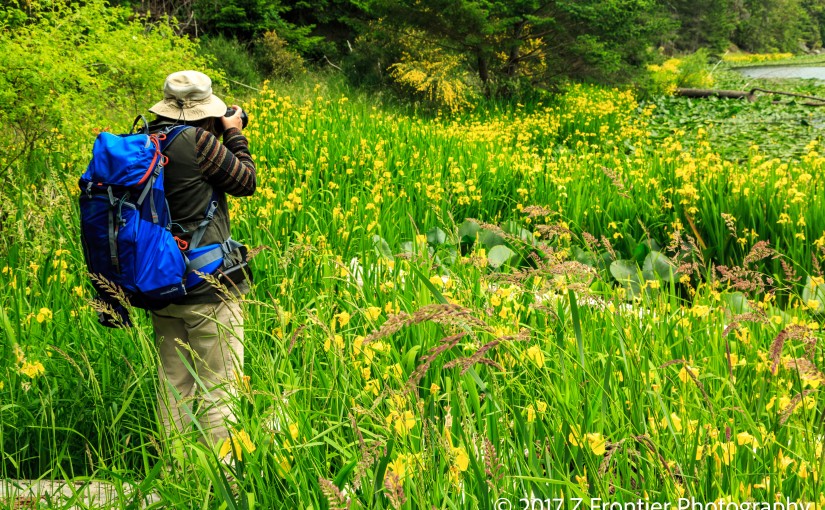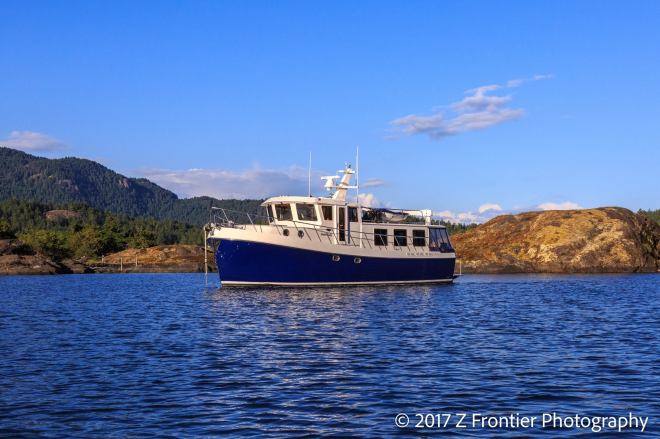I am generally a pretty friendly guy when out shooting landscapes. Being friendly, I often get a lot of questions. The questions range from “what camera do you use?” to “why do you have those filters on the front of the camera?”. The former question will almost always lead into a discussion of why some other brand of camera is better than the one that I am using. Frequently, this comment is followed by a long dissertation about equipment in an attempt to show off technical knowledge about cameras and lenses. However, I was recently asked by a young fellow what single piece of advice I would recommend to a novice landscape photographer that would make a significant improvement in their photographs.
At first, I was tempted to throw out something about learning your camera, or taking a class or in-field workshop from one of the many wonderful landscape photographers. Education is something that I highly value. While I pondered my answer, I noticed that his camera was still in the bag. I asked if he intended to take some photographs. To my surprise, he said no, he was on his way to dinner. I would love to be able to tell you that I gave him some inspirational answer before he wandered off. Unfortunately, my brain doesn’t work that fast.
A few months went by before the question popped back into my head. We were at a camera club meeting and I happened to overhear a conversation between two fellow photographers. They were discussing the various merits of using filters versus high dynamic range (HDR) techniques. The conversation went back and forth for a while before I realized neither had ever actually used either technique. They were full of knowledge and opinions but had no experience. It was at that point, the young man’s question came back to me.
The answer I wished I had given the young man to become a better photographer was practice. Take your camera out of the bag and use it! I would add that there has to be intent behind the practice to make it really useful. Shooting with intent means practicing specific skills in a wide range of conditions. It also means critical evaluation of the results. For landscape photography, this often means getting up before the sunrise or being out after sunset. It means doing the work to put yourself in the best situation to catch the very best light and composition and practicing with the equipment you have to learn what will happen when you shoot with a variety of camera settings, elevations, angles and lenses. Practice taking photographs from different heights, and learn how getting down lower to the ground affects the composition. Practice with wide angle and telephoto lens to see what impact they will have on your composition. Try out a variety of techniques, including using neutral density gradient filters and/or the methods for HDR photography. Learn about focus stacking and try it out during a photo session and with the associated digital darkroom methods.
I am a big fan of education. However, you gain virtually nothing if you do not go out to practice what you learn. Having more knowledge without experience will not make you a better photographer! Perhaps your first attempt at a new skill will not yield great photographs. This happens to me all the time. However, don’t give up after one disappointing attempt. Do some more research (e.g., reading or videos) and try the technique again and again. With practice, the knowledge will yield greater proficiency and more satisfying images.
Another reason to go and practice a skill is that it helps you learn when it will be most useful. You may know how but do you know when and will you recognize the opportunity when it arises. In my experience, recognizing the opportunity only comes with a lot of practice.
So my advice to that young man is to forget about going to dinner. Get your camera out and practice with intent, practice your skills and take more photographs, lots and lots of photographs under all types of different conditions and then critically analyze the results. Then start all over again!


